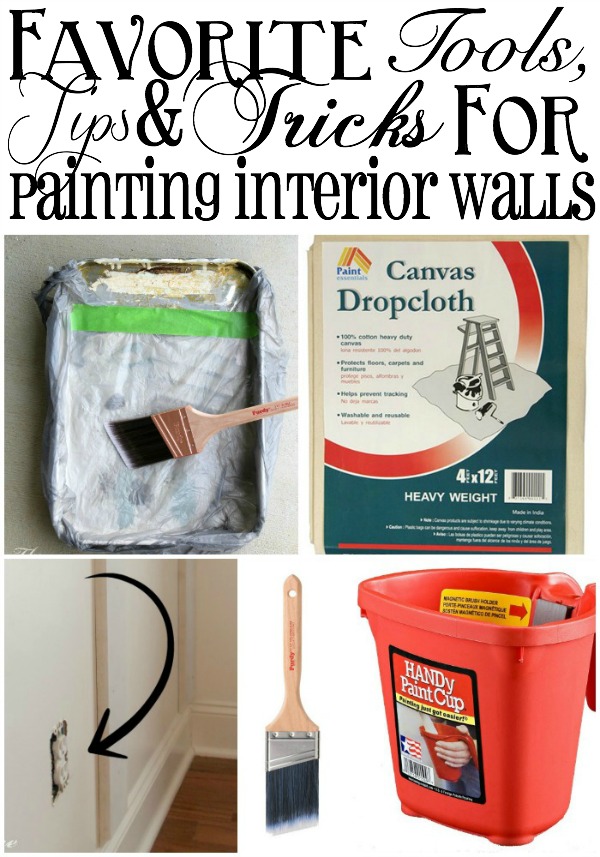Buzz Haven: Your Daily Dose of News
Stay informed and entertained with the latest buzz in news, trends, and insights.
Brush Up Your Skills: Painting Tips That Make a Splash
Unlock your inner artist! Discover must-try painting tips that will elevate your skills and make your artwork truly stand out.
5 Essential Techniques Every Painter Should Master
Every painter should master a variety of techniques to elevate their craft and create stunning works of art. Here are 5 essential techniques that can significantly improve your painting skills:
- Color Mixing: Understanding how to mix colors effectively is crucial. Begin with a color wheel, and experiment with primary, secondary, and tertiary colors to find unique shades.
- Brush Control: Mastering brush techniques allows for greater expression in your work. Practice different strokes—like flicking, dabbing, and blending—to understand how each affects texture and depth.
As you delve deeper into your painting journey, don't overlook these additional essential techniques:
- Composition: A strong composition guides the viewer's eye and creates a balanced artwork. Familiarize yourself with the rule of thirds and other compositional guidelines.
- Layering: Building up paint in layers adds dimension and complexity. Start with thin washes and progressively apply thicker layers for a richer finish.
- Texture Creation: Utilizing different tools and materials can enhance the texture of your painting. Experiment with sponges, palette knives, or even your fingers to create unique effects.

How to Choose the Right Brushes for Your Painting Style
Choosing the right brushes for your painting style can significantly impact the outcome of your artwork. First, consider the medium you are using, whether it's oil, acrylic, or watercolor, as different mediums require different types of brushes. For example, oil paint often benefits from stiff, durable bristles, while watercolors might require softer, more flexible brushes for delicate washes. Additionally, take into account the specific techniques you plan to use; for fine details, you may need smaller, precision brushes, whereas larger brushes are ideal for broad strokes and washes. Creating a list of your current needs and artistic goals can help narrow down your options.
Next, familiarize yourself with the various types of brush shapes and sizes available. Common brush shapes include flat, round, and filbert, each serving a unique purpose in your artwork. Flat brushes are excellent for creating sharp lines and filling in large areas, while round brushes are perfect for detailed work and curves. On the other hand, filbert brushes offer a versatile option for blending and softening edges. Start by experimenting with a few different brush shapes in your painting practice to better understand how each can enhance your particular painting style. Over time, you'll develop a clearer sense of which brushes work best for your creative expression.
Common Painting Mistakes and How to Avoid Them
Painting can be a rewarding endeavor, but it's easy to make mistakes that can ruin the final result. One common painting mistake is insufficient surface preparation. Failing to clean, sand, or prime surfaces can lead to paint peeling, bubbling, or uneven application. To avoid this, make sure to thoroughly prepare your surfaces by cleaning them of dust and grime, sanding any rough areas, and applying a suitable primer where needed.
Another frequent mistake is using the wrong type of paint for the surface or environment. For instance, interior paints should not be used outdoors, as they won't withstand the elements. Similarly, using the wrong finish can impact durability and appearance. To prevent this, always consult with a paint specialist or read the labels carefully to ensure you're choosing the right product for your specific project.